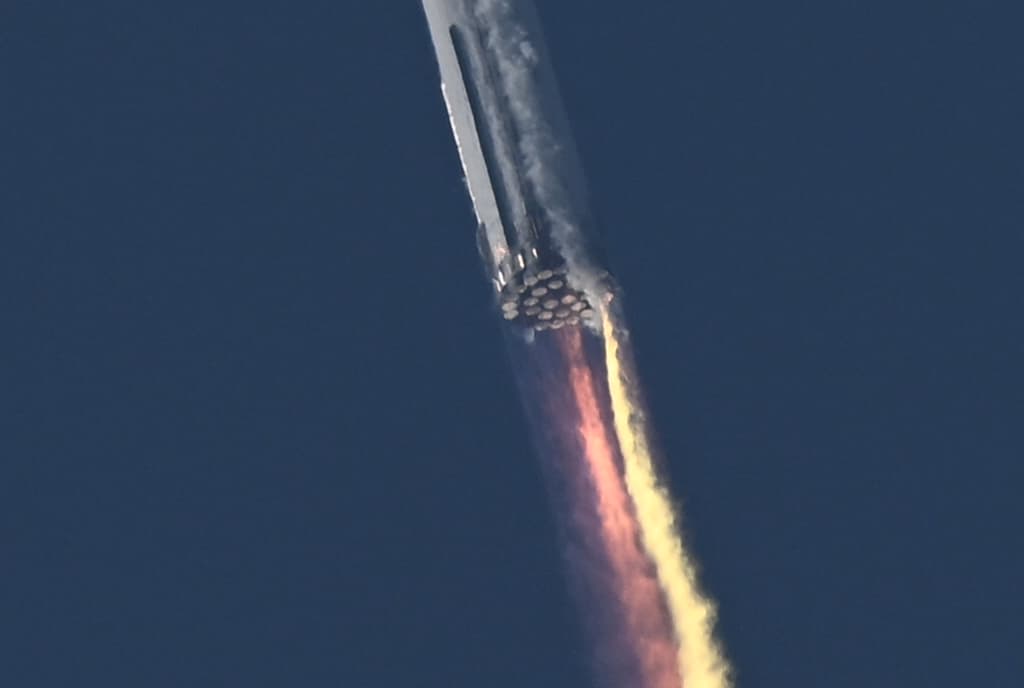Were you looking up at the South Florida sky on Sunday night?
Even if you didn't get to see it for yourself, you may have noticed social media posts or group chat messages about what looked like a fireball in the night sky.
Watch NBC6 free wherever you are
Many who saw the mysterious "fireball" speculated about what they were looking at, with some wondering if it was a meteorite or a comet — but not quite.
SpaceX launched its Falcon 9 Heavy rocket on Sunday from Cape Canaveral to put satellites for telecom companies ViaSat, Astranis and Gravity Space into orbit
Get local news you need to know to start your day with NBC 6's News Headlines newsletter.
From parts of South Florida, the rocket could be seen furrowing the skies, which is the most rational explanation for the meteorite-like flash in the sky.
The Falcon 9 Heavy rocket launch had been postponed three times prior to Sunday night's event.
The 57-minute window for Sunday's launch from Pad 39a at the Kennedy Space Center opened at 7:29 p.m. local time (2329 GMT) and liftoff took place exactly one hour later.
After less than five minutes in the air, the two boosters flanking the main rocket ship separated as planned, followed by the first rocket stage.
SPACEX
Spacex plans to launch two more satellites of the same class to cover other areas of the planet. The second is now undergoing environmental testing at Boeing's El Segundo factory and will be used for communications in Europe, the Middle East and Africa.
The third ViaSat-3 satellite is now in the final phase of integration and payload testing at Viasat's Tempe, Arizona facility and will focus on the Asia Pacific region, completing Viasat's global service coverage.
The Falcon Heavy consists of three Falcon 9 rocket cores that form a compact booster that soars, powered by 27 Merlin engines and powered by 18 commercial aircraft.
According to SpaceX, the Falcon Heavy is considered "one of the world's most powerful operational rockets" and can lift nearly 64 metric tons into orbit.
This 70 meter high and 12 meter wide rocket made its first test flight in 2018, when it put a Tesla car into space, which was followed by four other launches, the last of which was with the classified mission USSF- 67 carried out in January of this year on behalf of the US Space Force.



